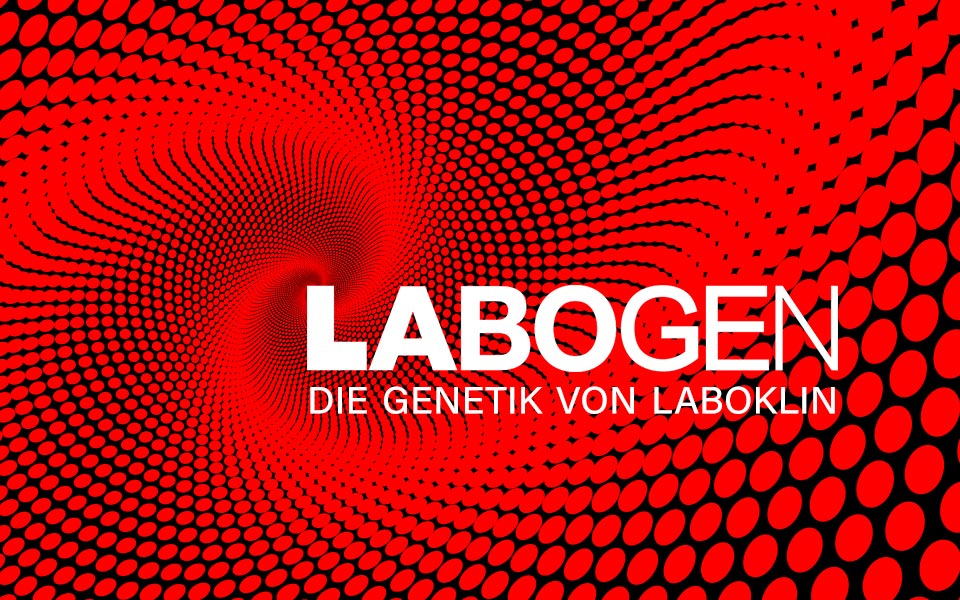Leukoencephalopathy (LEP)
Leukoencephalopathy (LEP)
General description
In the breed Standard Schnauzer, several puppies with neurological signs such as dysphagia, non-ambulatory tetraparesis, hypermetric ataxia, circling, dysphoria, head tilt, strabismus, generalized tonic-clonic seizures or sudden death have been described. Through whole genome sequencing of affected dogs and comparing with dogs without any symptoms, a variant could be found to be associated with leukoencephalopathy in this breed. Due to several clinical signs, affected puppies were usually euthanized a few days after birth.
Breeds
Schnauzer
Order details
| Test number | 8364 |
| Abbreviation | LEP |
| Sample material | 0.5 ml EDTA blood, 2x cheek swab, 1x special swab (eNAT) |
| Test duration | 7-14 working days |
Test specifications
| Symptom complex | neurological |
| Inheritance | autosomal recessive |
| Age of onset | from birth |
| Causality | causally |
| Gene | TSEN54 |
| Mutation | C-T |
| Literature | OMIA:002215-9615 |
Detailed description
The term leukoencephalopathy describes several disorders affecting the white matter of the central nervous system. In many cases, a defect at the level of structural myelin proteins and/or metabolic defects of oligodendrocytes lead to an insufficient myelin formation and maintenance. In the breed Standard Schnauzer, several puppies with neurological signs such as dysphagia, non-ambulatory tetraparesis, hypermetric ataxia, circling, dysphoria, head tilt, strabismus, generalized tonic-clonic seizures or sudden death have been described. Through whole genome sequencing of affected dogs and comparing with dogs without any symptoms, a variant could be found to be associated with leukoencephalopathy in this breed. Further analysis of the brain of some of the affected puppies revealed lesions affecting the white matter of the cerebrum, decreased distinction between white and grey matter and mild hydrocephalus. Due to several clinical signs, affected puppies were usually euthanized a few days after birth.



